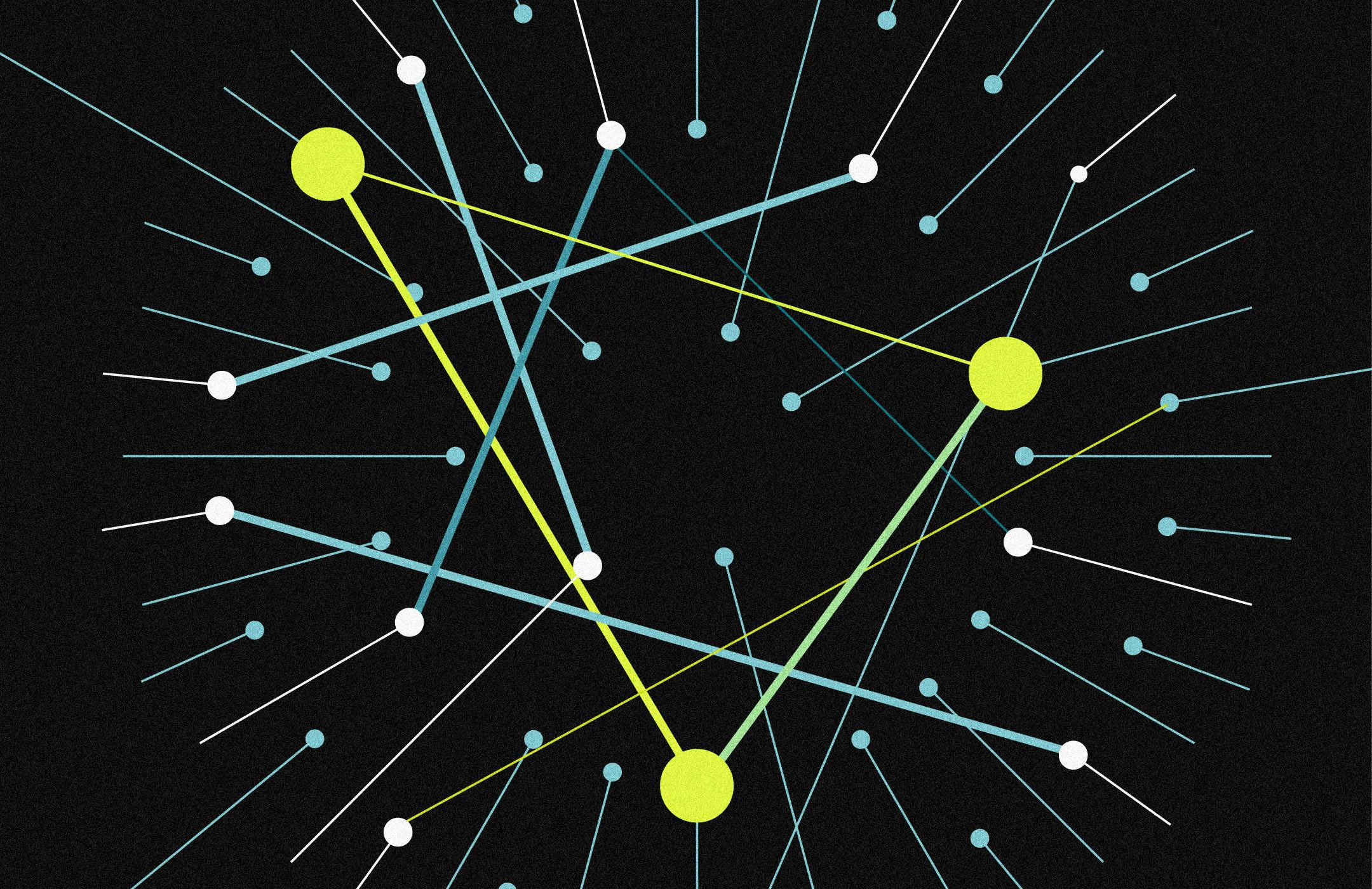Customer Data Platforms (CDPs) are about making it easier for marketers to take action on their customer data. The goal is to better personalize communications, target the right segments, and make smarter decisions about where to invest marketing spend. CDPs ingest data from a variety of sources, connect it, and let marketers segment and send that data downstream to email, ad platforms, and more. Sounds like a perfect package, right?
Unfortunately, there’s one critical aspect that CDPs get wrong. They forget that none of this matters without a truly complete and current view of the customer. This view has to combine an individual’s transactions from point-of-sale and eCommerce, email interactions, loyalty data, and more. It also has to include all historical data as well as new data that’s produced every day as customers interact with your brand.
The reason for this is simple. If you only use some of the data you have about your customers, you’ll get a whole lot of your marketing wrong because, while you’re running the right campaigns, you’re using the wrong data.
Bad data equals bad results
Let’s look at a common use case: churn prevention. To predict likely-to-churn customers and send them the right churn prevention communications, you need a complete and current view of them. But here’s the catch. To build this view, you need to resolve identities and link a whole pile of records together that looks like it belong to separate people.
Here’s what I mean:
eCommerce: Rebecca Scully at rebecca@amperity.com (work email) buys a shirt online on 5.02.18.
eCommerce: R. Scully at rebeccascully34@gmail.com (personal email) buys a skirt online on 7.14.18.
Point-of-sale: Rebecca L. Scully, zip code 98103, buys 3 pairs of jeans and 2 sweaters in a physical store on 1.31.19.
These are all the exact same person, but your CDP doesn’t know this. It thinks these are 3 separate people. That’s because it can only link records using an exactly matching email address. But as you can see in this case, email address is useless for linking these records.
So, your well crafted churn prevention program is going to send communications to both Rebecca Scully and Rebecca L. Scully in an attempt to prevent her from churning. But the reality is, she’s more loyal than ever. This is true for any segment you create and any program you build. High value customers, holiday shoppers, recently purchased, etc.
This results in wasted marketing spend, a poor customer experience, and disappointing results from your campaigns. And none of this is your fault. It’s just bad data.
Great identity resolution is the key to great data and great results
Forrester recently published a piece on CDPs called: “For B2C Marketers, CDPs Overpromise and Underdeliver”. According to the report, the primary reason is weak or non-existent identity resolution: “Identity resolution lies at the heart of customer-centric marketing and makes or breaks a CDP’s legitimacy and effectiveness,” they write.
We built Amperity, the only Customer Data and Identity Platform, from the ground up to solve this problem. Amperity specializes in industry-leading identity resolution and modern data management, using artificial intelligence to link records that otherwise would be impossible to connect. We do this with precision, speed, and at scale, and we let you keep your existing systems, teams, and campaigns intact. The result is that your campaigns start to perform at the levels you’d expect.
We have the privilege of witnessing this again and again. One Amperity customer increased click through rate 240% by fueling their email campaign with better data. The segments and the creative were exactly that same. Another drove a 35% increase in ROAS without changing a thing except the data fueling their Facebook audiences. These are typical results.
Identity resolution is critical to great marketing ROI. To learn more Amperity’s industry-leading identity resolution capabilities, read the guide: How AI is the Key to Unifying All Your Disparate Customer Data, or visit our platform page.
